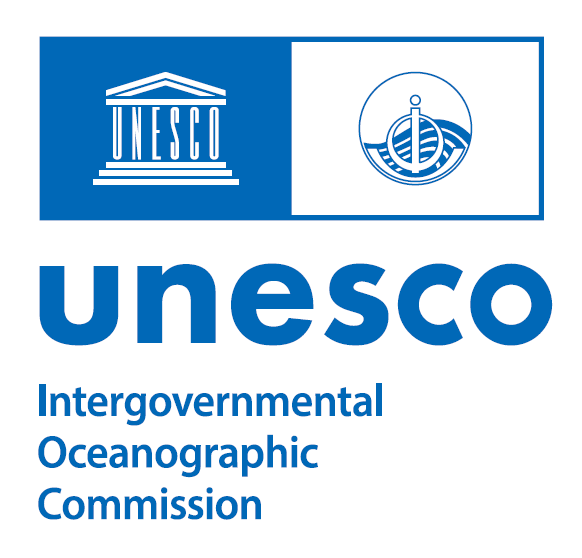Overall objective: To determine how the availability and utilisation of multiple forms of nutrients influence the occurrence of different types of HABs and their harmful effects.
Rationale. This Theme constituted Programme Element 4 in GEOHAB (GEOHAB 2001), which was implemented by the CRP on Eutrophic Systems (GEOHAB 2006). Important progress in research and management was achieved through the implementation of GEOHAB (e.g., see recent review by Glibert and Burford 2017), but the specific objectives identified at the beginning of that programme are still relevant and applicable in GlobalHAB. Coastal nutrient eutrophication is often considered to be primarily responsible for the increased number of high-biomass HAB occurrences in marine, brackish and freshwater habitats (Heisler et al. 2008, Glibert and Burford 2017 and references therein). Increases in HABs associated with eutrophication or nutrient loading have been widely reported (e.g., Anderson et al. 2002, Heisler et al. 2008). Although a simple link can be established because nutrient inputs yield changes in algal biomass (Ryther and Dunstan 1971), the effect of nutrients on specific harmful species is still poorly understood. Variations in nutrient supply can impact biodiversity and the success of HAB species depends on the intersection of the physiological adaptations of the harmful algal population, environmental conditions, and interactions with co-occurring organisms, as summarized by Glibert and Burford (2017) (and references therein). However, in some cases, HABs are not directly driven by anthropogenic nutrients (Gowen et al. 2012). Nutrient loading is most frequently associated with high-biomass blooms, rather than to low-biomass biotoxin-producing blooms. However, even high-biomass HABs can occur in areas with low anthropogenic nutrient additions (Davidson et al. 2014). For example, toxic HABs of genera such as Alexandrium can occur in regions that do not experience significant anthropogenic nutrient additions, and the most toxic HABs occur in the most pristine areas in the world, such as Patagonia and Alaska.

Alexandrium minutum bloom in a tropical coastal zone. Photo: P.T. Lim.
Fundamental questions remain unresolved in relation to understanding how the fluxes of both inorganic and organic nutrients from anthropogenic and natural sources promote high- and low-biomass HABs, and how nutrient fluxes are connected to the drivers of climate change and other environmental stressors. Specific studies are required to understand the role of nutrients in the promotion of particular species, and how changes in nutrient dynamics are linked to the onset, maintenance and decay (potentially leading to hypoxia and/anoxia, Anderson et al. 2002) of HABs, and the modulation of toxin production. These questions are fundamental for better understanding of the response of planktonic (e.g., Pseudo-nitzschia, Alexandrium) and benthic (e.g. Gambierdiscus, Ostreopsis) HAB taxa to nutrient availability. In the case of BHABs, the limited available data do not allow drawing a clear causal relationship between inorganic nutrient supply and benthic blooms (GEOHAB 2012). The nutrients required to reach bloom concentrations are likely acquired directly from nutrient-rich sediments, or directly from the macroalgal surfaces (Litaker et al. 2010 and references therein). Furthermore, it is hypothesized (but not tested) that nutrient inputs, which favor the growth of macroalgae (Lapointe et al. 2010), could also promote blooms. Finally, the role of nutrient availability o
n toxicity requires detailed studies (Chinain et al. 1999; Vanucci et al. 2012). Understanding the link of between the supply and availability of different and availability of different forms of nutrients with the occurrence of HABs and their harmful effects, is fundamental to design management strategies.
Specific objectives
- Determine the physiological responses of HAB and non-HAB species to specific nutrient inputs.
- Determine the effects of varying nutrient inputs on the harmful properties of HABs.
- Determine the role of nutrient cycling processes in HAB development.
- Determine the composition and relative importance of different nutrient inputs associated with human activities and natural processes on the occurrences of BHAB events.
- Clarify the role of nutrient availability on outbreaks of harmful benthic organisms and macroalgal (e.g., Sargassum, Ulva) blooms.
- Investigate the links of nutrients (in combination with other environmental drivers) to freshwater HABs and cyanobacterial HABs.
- Investigate the links of aquaculture-related nutrients and HABs.
- Investigate the variability of different toxins as a function of nutrient availability.
- Investigate the links between nutrients, climate change and HABs.
- Investigate the link of eutrophication-induced HABs and deoxygenation processes in marine coastal and oceanic ecosystems, and the potential future trends related to the climate change as well.
Example tasks
- Many activities under this theme will be integrated with those under other themes, in particular, “Benthic HABs”, “Aquaculture and HABs”, “ Freshwater HABs and CyanoHABs”, “Toxins”, “Climate Change and HABs”. Other actions specific to this theme include the following:
- Development of a coordinated database on the temporal and spatial extent of HAB occurrences associated with nutrient loading in different coastal and continental areas.
- Experiments on the nutrient uptake and growth kinetics and toxin production of selected harmful species.
- GlobalHAB will collaborate with the recently established Global Ocean Oxygen Network (GO2NE) working group of IOC-UNESCO (www.unesco.org/new/en/natural-sciences/ ioc-oceans/sections-and-programmes/ocean-sciences/global-ocean-oxygen-network/). The working group was formed to address concerns relating to declining oxygen concentrations in the ocean. The collaboration between GlobalHAB and GO2NE will be focused on investigation of the likely global increase in episodic oxygen depletion associated with increasing high-biomass HABs in the coastal environment.
Outcomes
- Improved scientific understanding of the modulation of HAB events and toxin production by inorganic and organic nutrients and their ratios.
- Scientific advances on the understanding of the role of HABs on episodic oxygen depletion in coastal zones.
- INFORMATION FOR POLICY MAKERS:
- Guidance for development of policies related to eutrophication in coastal and inland areas, and HABs.
- Improved basis for establishing site selection criteria for aquaculture operations.
- Quantitative baseline information for integrated coastal management.
References
The complete list of references can be found here.


